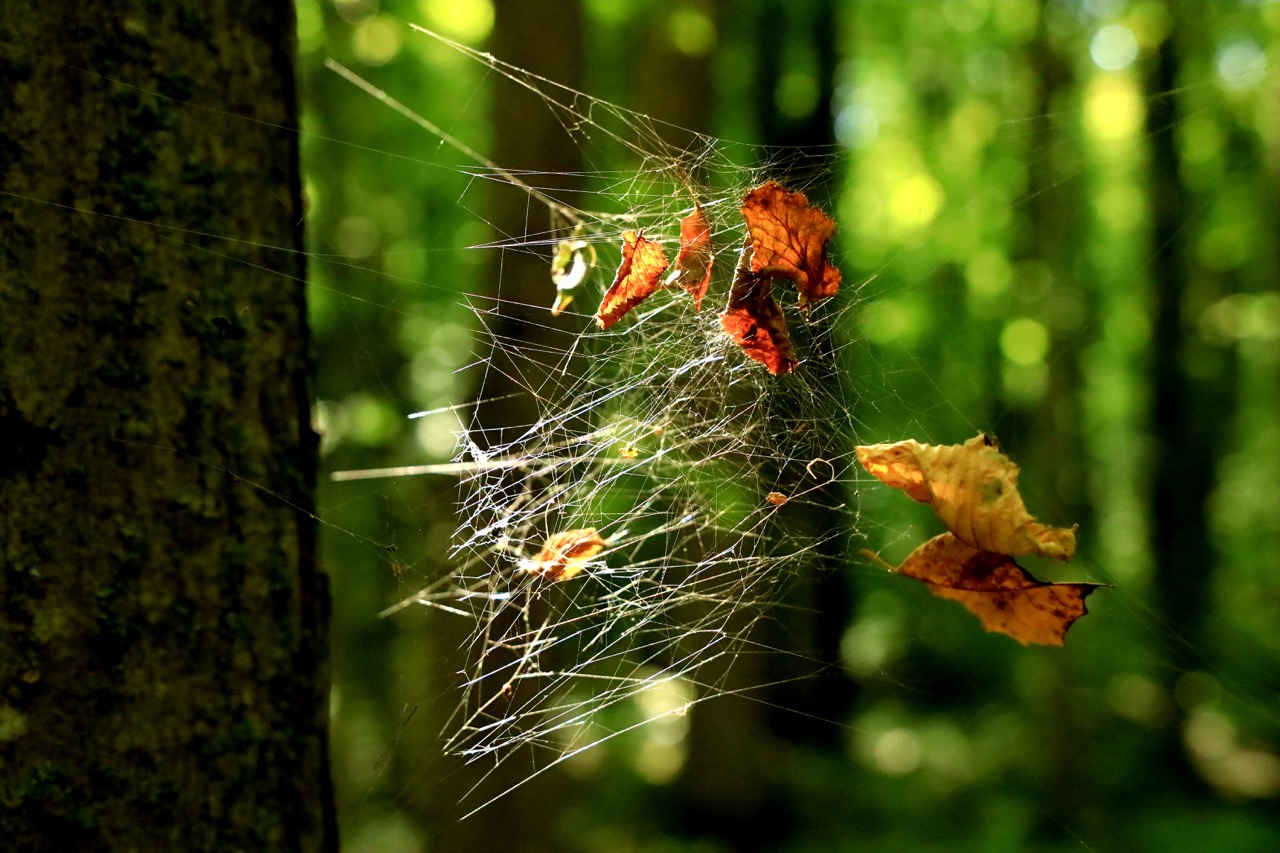
Reconfiguring Timespaces of Childhood
20-21 OCTOBER 2021
Call for papers
Memory is a productive force that (re)shapes the pasts, presents, and futures. Memories are also of and about relations (Arnold, Shepherd and Gibbs, 2008). They exist in relations with times and spaces, ourselves and others, events and objects, with humans and non-human species. It is possible to approach memories as distributed between humans and more-than-human participants. On the one hand, material objects are constitutive of (collective) memories (e.g. childhood objects, monuments, museums) and help establish social identities. How we collect, store, categorize and represent memories also gives a shape to them. On the other hand, by being virtually present in events, memories “materially affect the world (just as they themselves are affected by events)” (Fox and Alldred, 2019, 21).
The (re)collection and the affectivity of remembering/forgetting are contingent, emergent, relational, and continuously re-actualized in the here-and-now. The inherent entanglement of memories makes them at once durable, malleable, and mobile – relying on multiple connections while also capable of forming them.
Inspired by the broad theme of webs and threads, we call on participants to think about memories beyond the ‘mnemonic fever’ (Huyssen, 1995), which marks our time obsessed with recording and archiving for self-fashioning or collective heritage. We ask:
– How do childhood memories connect and are connected to events that produce the world around us?
– How do remembering and forgetting childhoods forge connections across times and spaces?
– How do the means of (re)collecting, storing, memorizing, and (re)presenting memories affect how, what, and whose childhoods are being re-collected and produced as social identities?
– How do personal memories impact the production of social (including the human and more-than-human) continuity and change?
– How do childhood memories of nature and the planet – from rock collections to foraging in forests or looking after injured wildlife – form attachments to place, land and Earth during the Anthropocene, and reactivate emotions associated with geological processes and multispecies common worlds?
– How do the unfinished transformations that were part of the Cold War complicate and continue to influence the trajectory of the futures in the present? Do memories carry unrealized (past) futures and anticipatory visions that disrupt the present or reconfigure the future (Craps et al. 2018, 503)?
– How do practices of archiving life (in museums, and on social media, websites etc,) produce lives, biographies, selves, worlds, social identities etc.? How do objects, photos, videos, and other types of representations play a role in those?
References:
Arnold, M., Shepherd, C. & Gibbs, M. (2008). Remembering things. Information Society, 24(1), 47-53.
Craps, S., Crownshaw, R., Wenzel, J., Kennedy, R., Colebrook, C., and Nardizzi, V. (2018). Memory studies and the Anthropocene: A roundtable. Memory Studies, 11(4), 498–515.
Fox, N.J. and Alldred, P. (2019). The Materiality of Memory: Affects, Remembering and Food Decisions. Cultural Sociology, 13(1), 20–36.
Haraway, D. (2019). It Matters What Stories Tell Stories; It Matters Whose Stories Tell Stories. a/b: Auto/Biography Studies, 34(3), 565-575.
Huyssen, A. (1995). Twilight Memories: Marking Time in a Culture of Amnesia. New York: Routledge.
Abstract Book
Contact e-mail for Tampere hub: recollectreconnect2021@tuni.fi
Image Copyright by Richard Burlton on Unsplash
